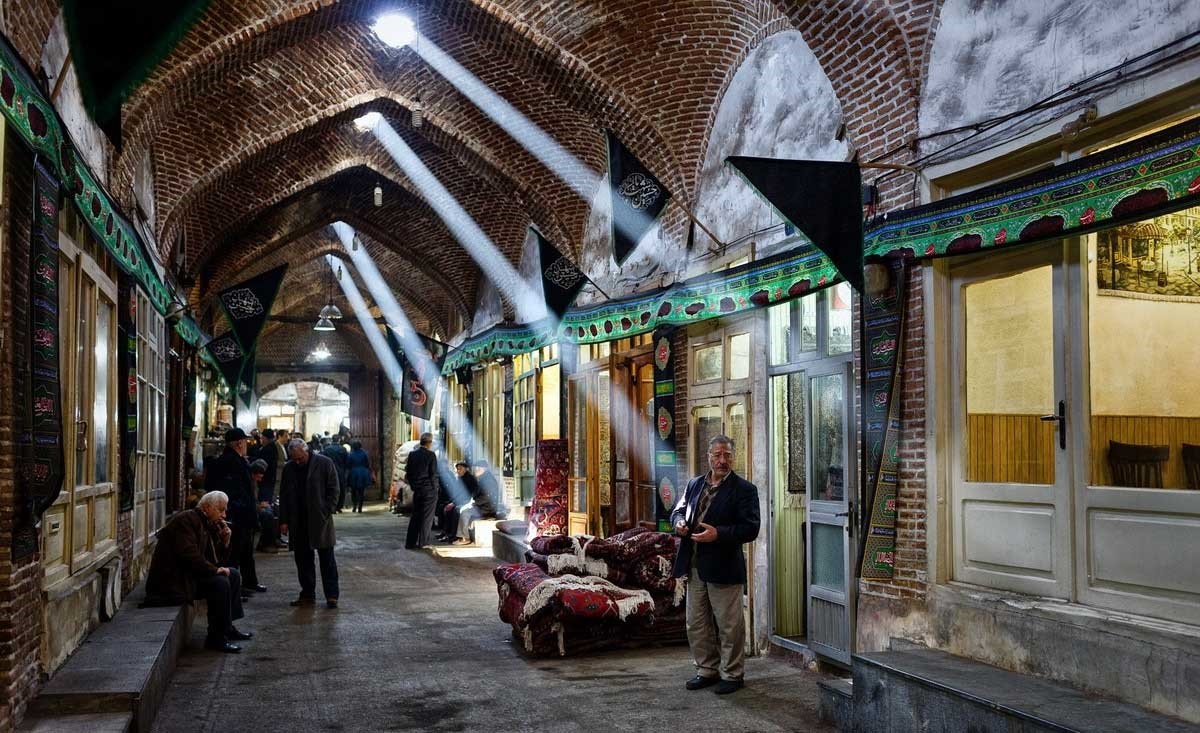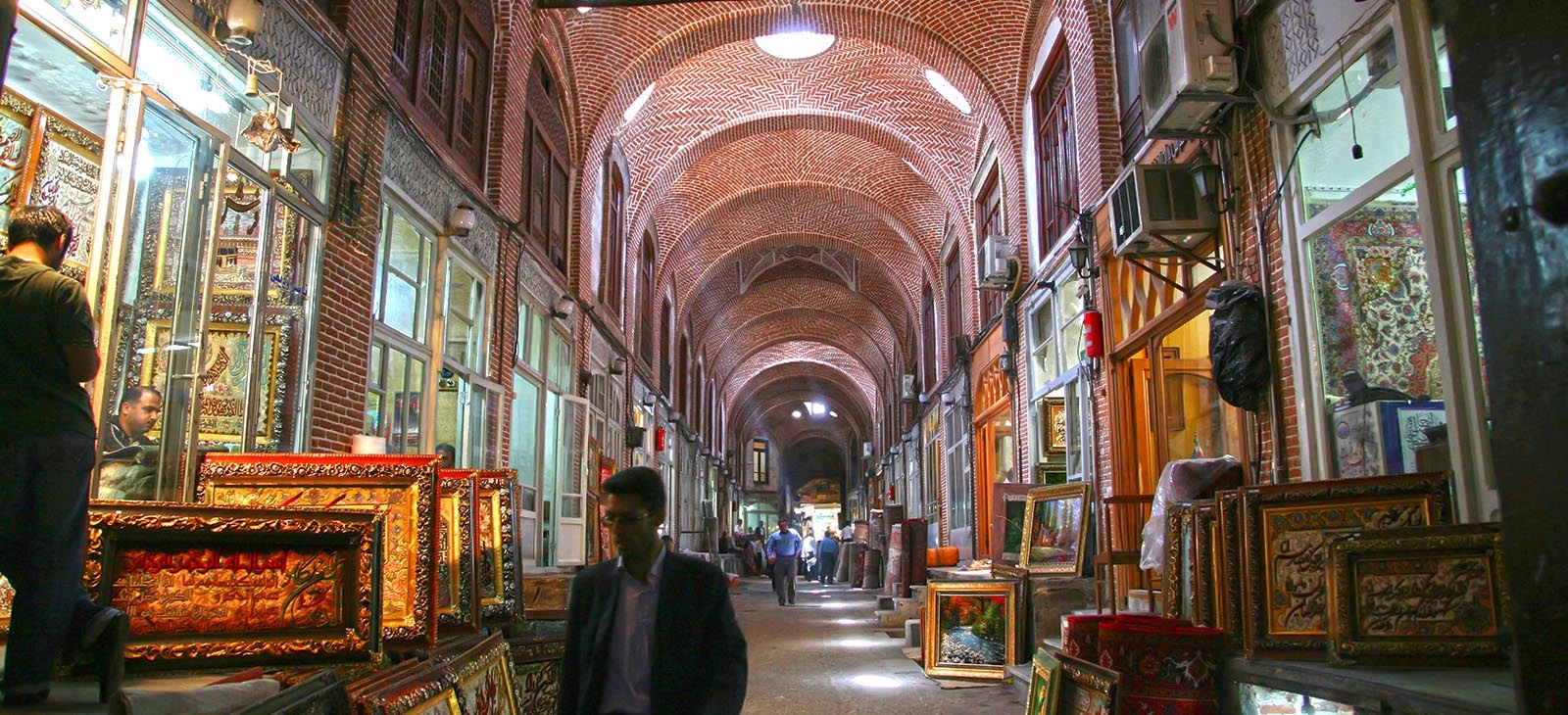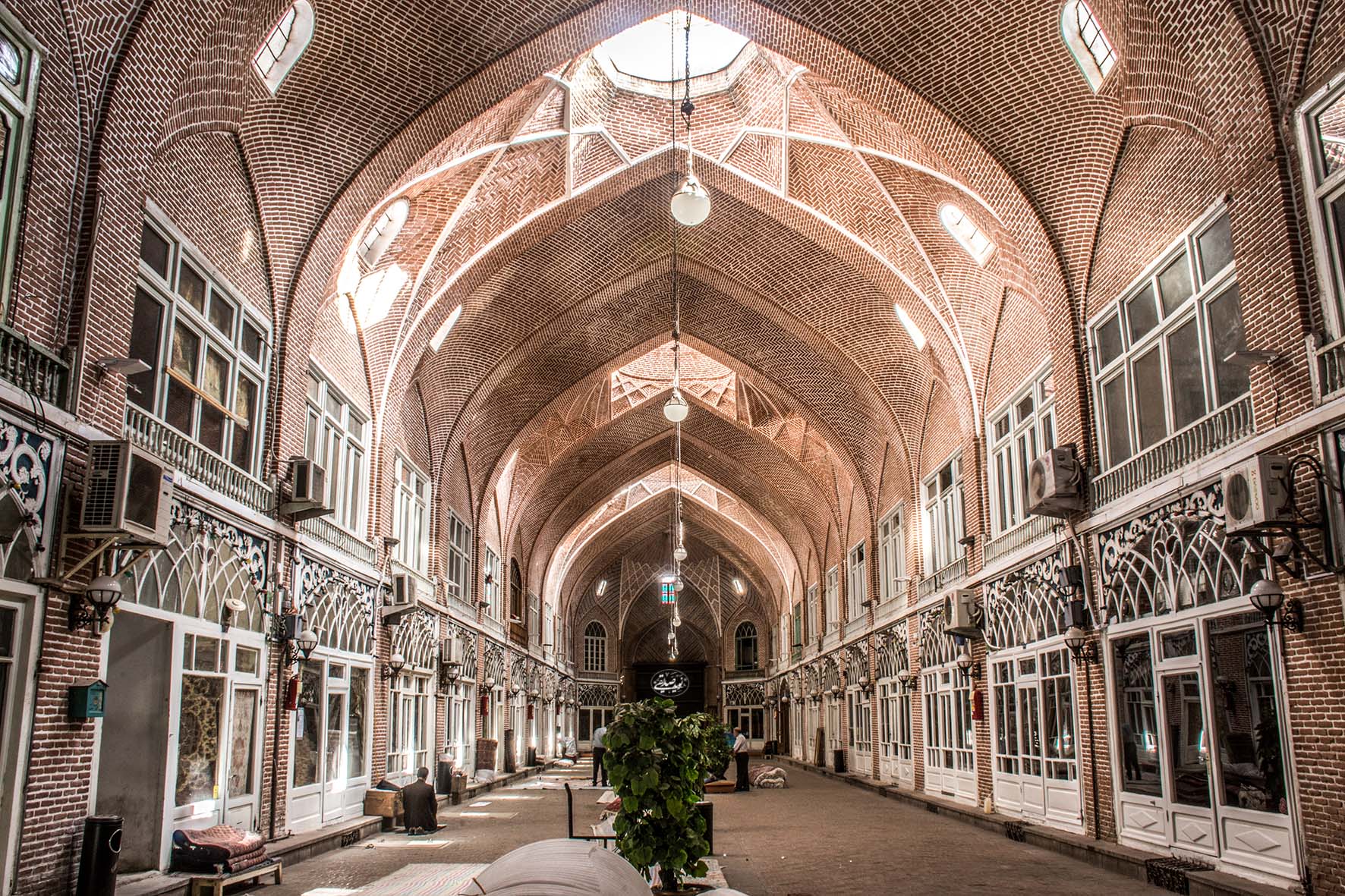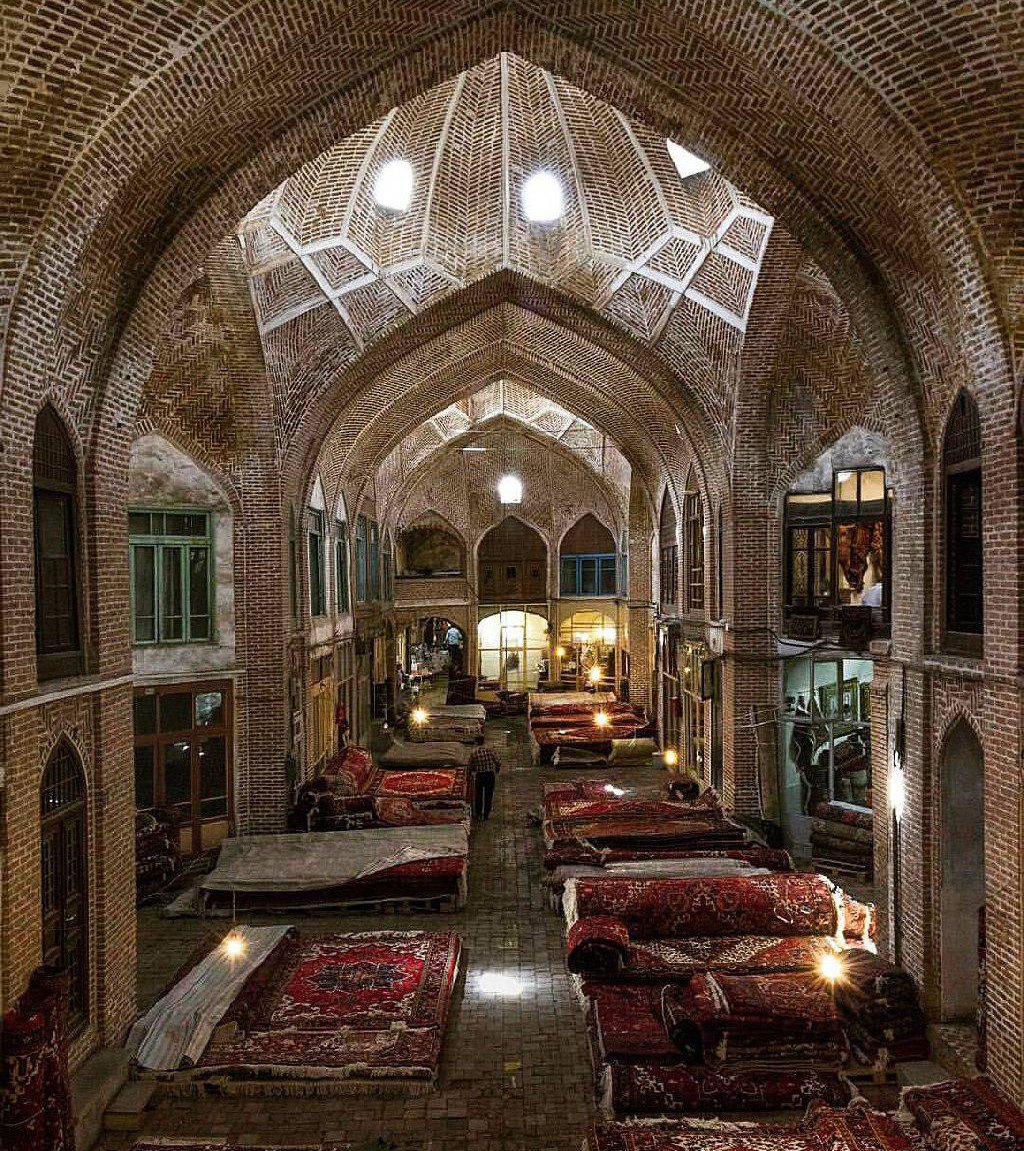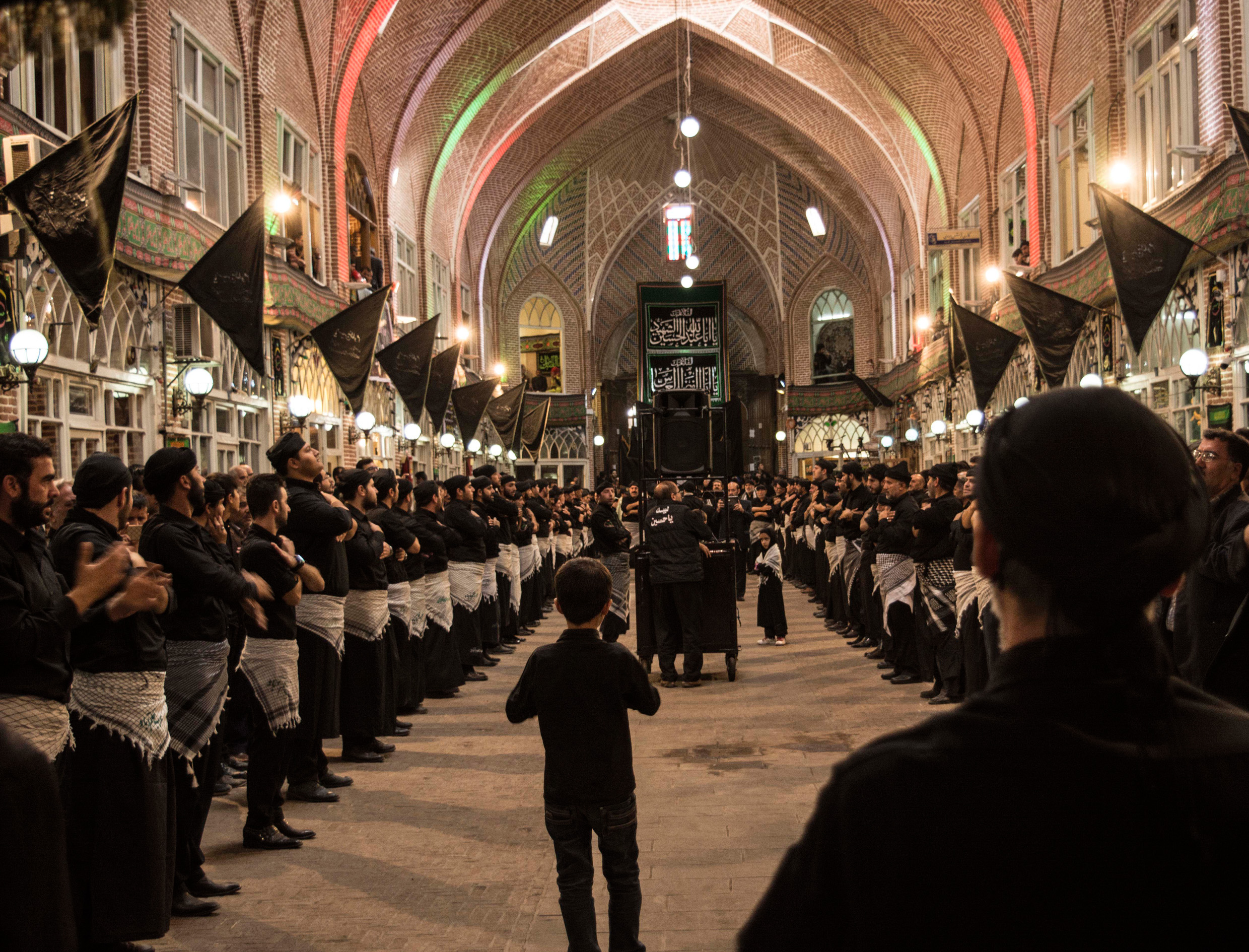Hightlight
-
 Car parking
Car parking -
 Coffee shop
Coffee shop -
 POS
POS -
 Restaurant
Restaurant
Bazaar of Tabriz is one of the oldest bazaars in the Middle East and the largest covered bazaar in the world. UNESCO declared it a World Heritage Site in 2010.
History and construction
According to historians, the construction of this market began about 1000 years ago, but much of the current structure dates back to the 15th century. The huge complex includes about 35 km of covered passageways, with more than 7000 stores, 24 caravanserais, and 28 mosques. The main activity within the bazaar is carpet manufacturing, but it is also renowned for silverware and jewelry.
Tabriz has been a place of cultural exchange since ancient times and its bazaar one of the most important commercial centers on the Silk Road. Located in the center of the city of Tabriz, this structure is made up of numerous sub-bazaars, such as the Amir Bazaar, where gold and jewelry are sold, or the Mozzafarieh, the carpet bazaar.
The most prosperous time for Tabriz and its bazaar was the 13th century when the city became the capital of the Safavid Empire. In the 16th century, the city lost this status but its bazaar remained an important economic and commercial center. We also highlight that the Bazaar of Tabriz has always had a notable political role, pointing out its importance in historical events such as the Iranian Constitutional Revolution, at the beginning of the 20th century, and the Islamic Revolution, in the 1970s.
Structure of Bazaar of Tabriz
The Bazaar of Tabriz continues to be the economic center of the city and Northwest Iran. It is also used for some important religious ceremonies, such as Ashura. The bazaar complex consists of interconnected brick masonry structures that served different purposes. The bazaar was not only a place of exchange of goods but also of social life. There were schools and religious institutions here.
The bazaar complex is still essentially the same as it was in the 18th century. The various specializations are easy to read from the architecture and often still correspond to the current use. A good source of sources makes it possible to understand the structural development of the bazaar complex over the centuries. The earthquake of 1780 formed a turning point. The subsequent construction and repairs clearly show the high level of craftsmanship and the style of their time. Today the bazaar has no museum character, it is still a lively and economically active part of the city.

